The Apple Watch tracking your steps and movement throughout the day is useful, but there are many more metrics to know. Your Apple Watch collects even more data about you that you’ll surely find interesting.
6
Heart Rate Variability
Heart rate variability (HRV) differs from your ordinary heart rate. While your heart rate refers to the number of times your heart beats per minute, HRV is the average interval between each heartbeat. It can serve as a good indicator of heart health, although a healthy range will vary depending on age and other factors.
Your Apple Watch can measure your heart rate variability with relative ease. You can view these statistics in the Health app (under Browse > Heart) and then compare them to your resting heart rate for a more comprehensive picture of your overall well-being. I’ve used HRV to determine whether I have too much stress in my life, and it’s been pretty accurate.
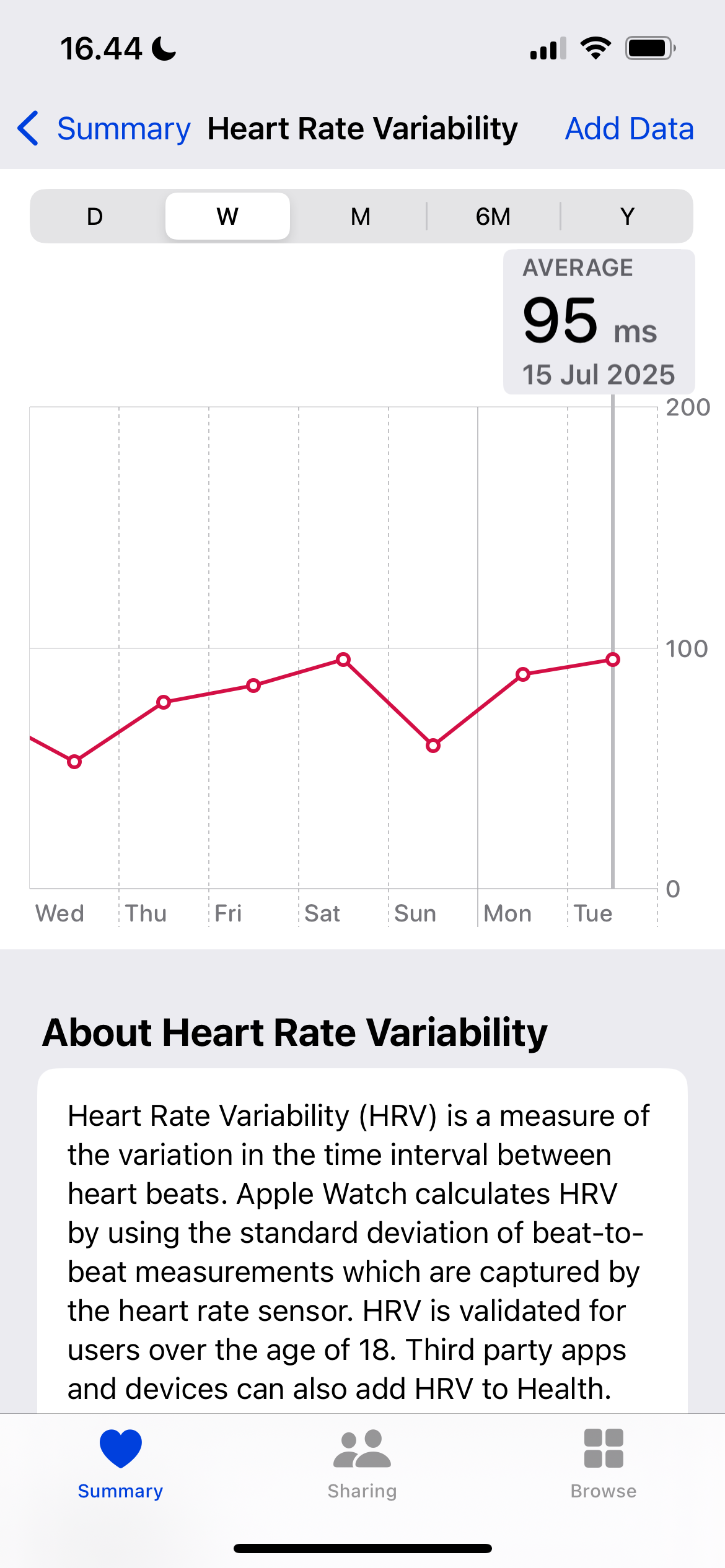
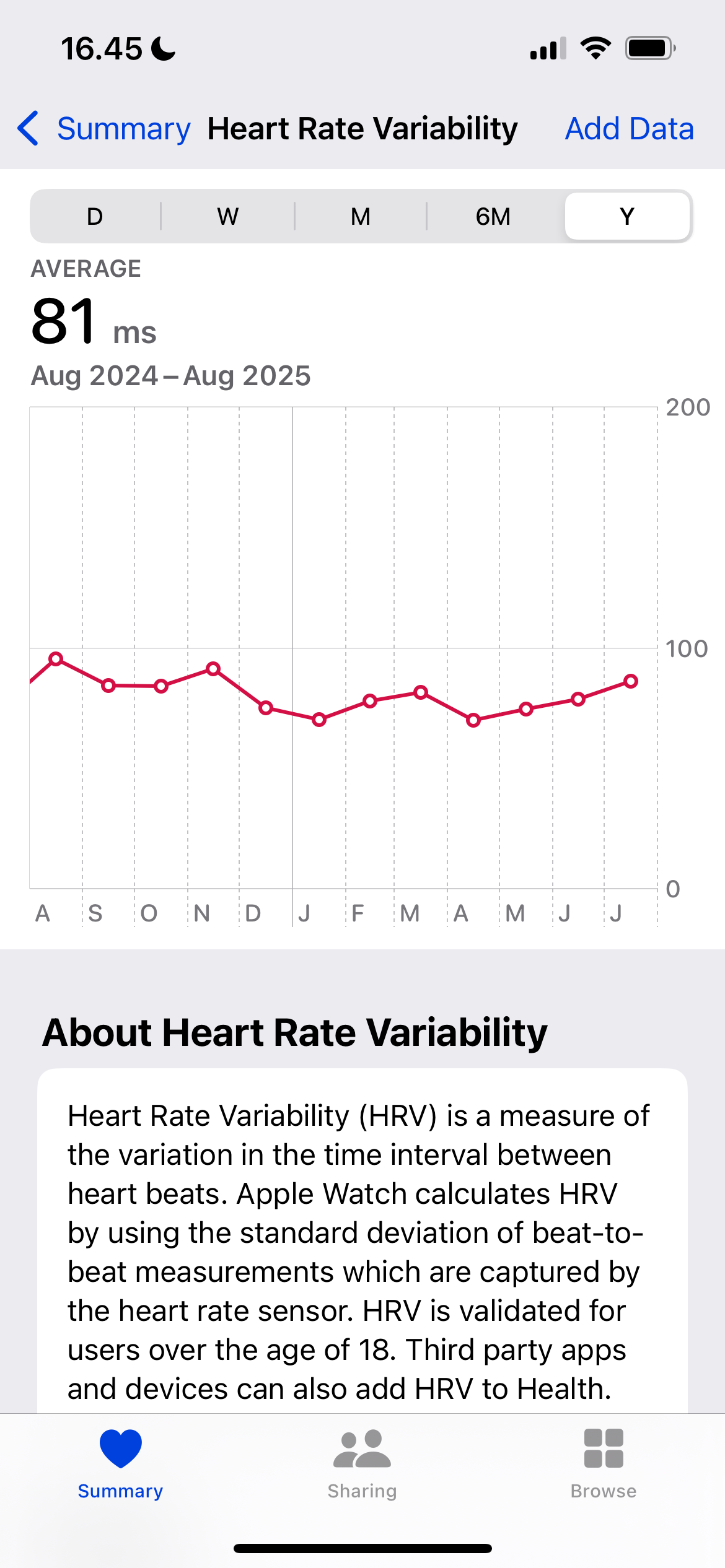
You should be aware that your HRV may be somewhat misleading at times, especially when you engage in intense exercise. I like to keep workout mode on until I’ve returned to a baseline level after the workout, as this allows me to more accurately track what’s going on. If I forget to log the workout, I may also notice inaccurate representations.
5
Walking + Running Distance
I enjoy running at least once a week alongside my other health and fitness endeavors, and I also try to walk at least 10,000 steps daily. Having an Apple Watch has helped me stay consistent with both of these, letting me better enjoy the various ways I can use the Watch to move more each day.
Walking + Running Distance (located in Health under Browse > Activity) is an easy way to see my overall mileage per day. As a general rule, 8-10 kilometers (5-6 miles) per day seems to work well for me, but I would love to try increasing that to 15 kilometers (9 miles) in the future.
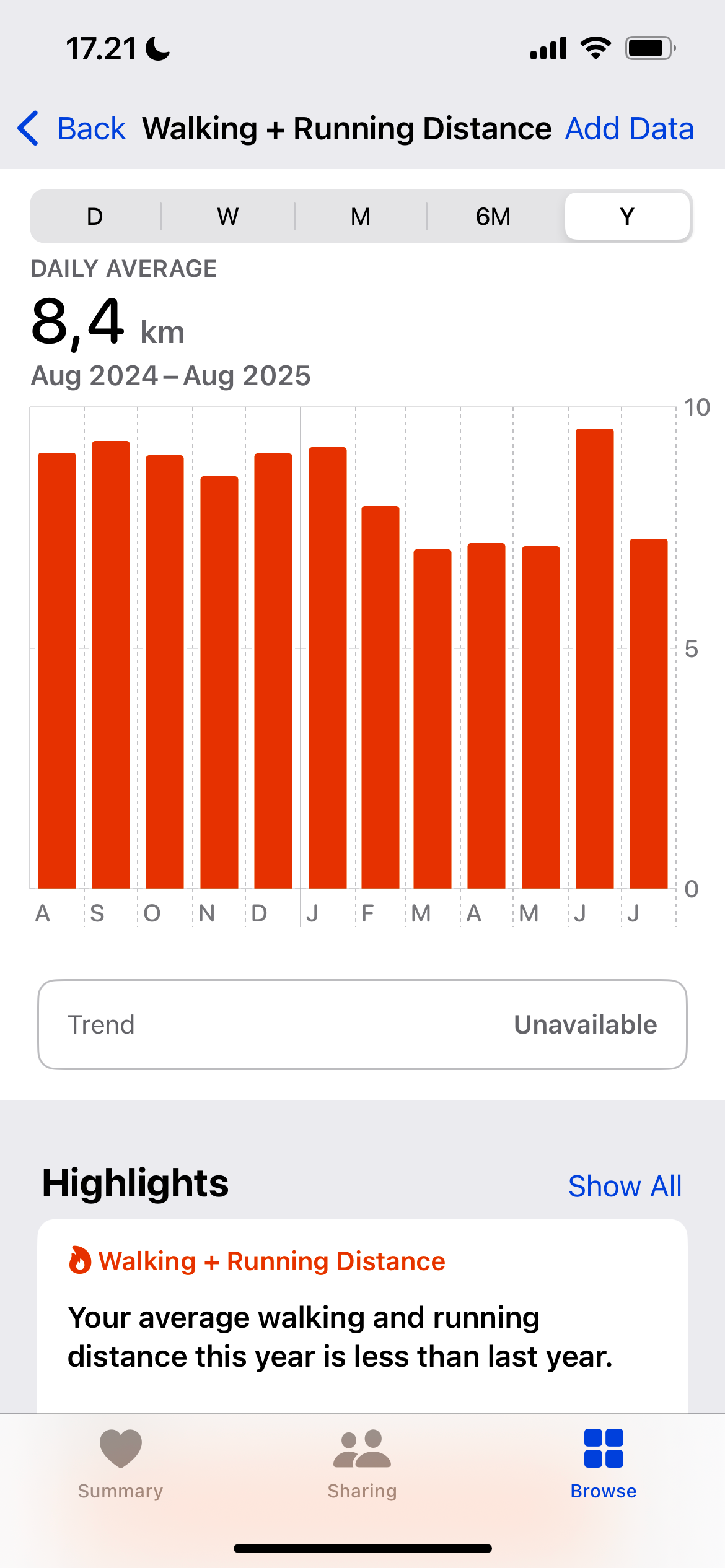
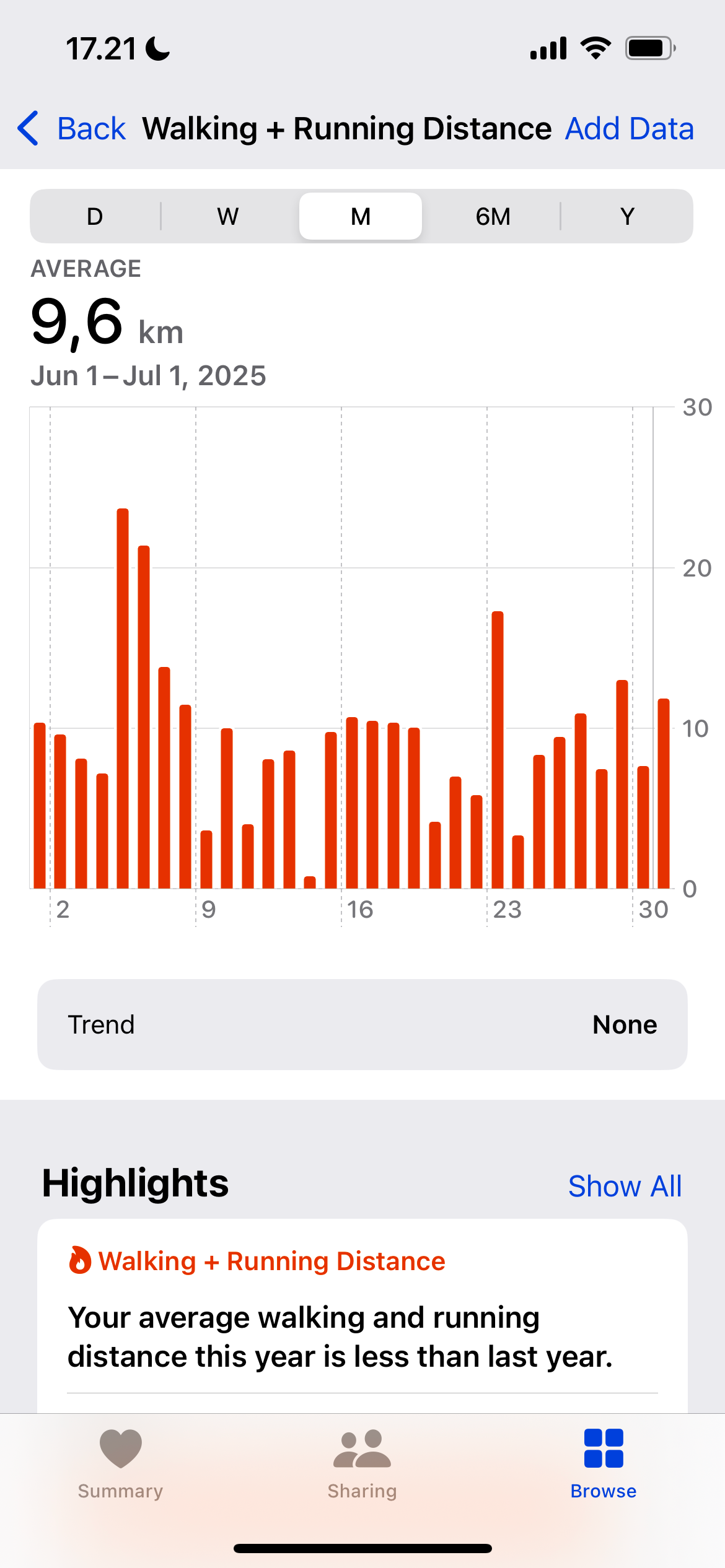
Your Apple Watch can track this metric even without a third-party app, but if you’d like, you can integrate it with tools like Strava. Your choice depends on your usage, but I think the native apps on my Apple Watch are more accurate than most alternatives.
4
VO2 Max
VO2 max is a somewhat niche metric that you’ll track more closely if you engage in high-intensity forms of exercise, such as HYROX and HIIT. You use this to determine how much air your lungs can handle during training, which can help identify areas where you need to optimize your performance (such as improving your breathing efficiency).
Once your Apple Watch has measured your VO2 max (viewable under Health > Heart > Cardio Fitness), you can obtain a lot of useful data, such as whether your cardio fitness levels are above average. From here, you can decide if you need to change your weekly workout routine. In my case, I wasn’t satisfied with my overall VO2 max, so I decided to incorporate long-distance running.
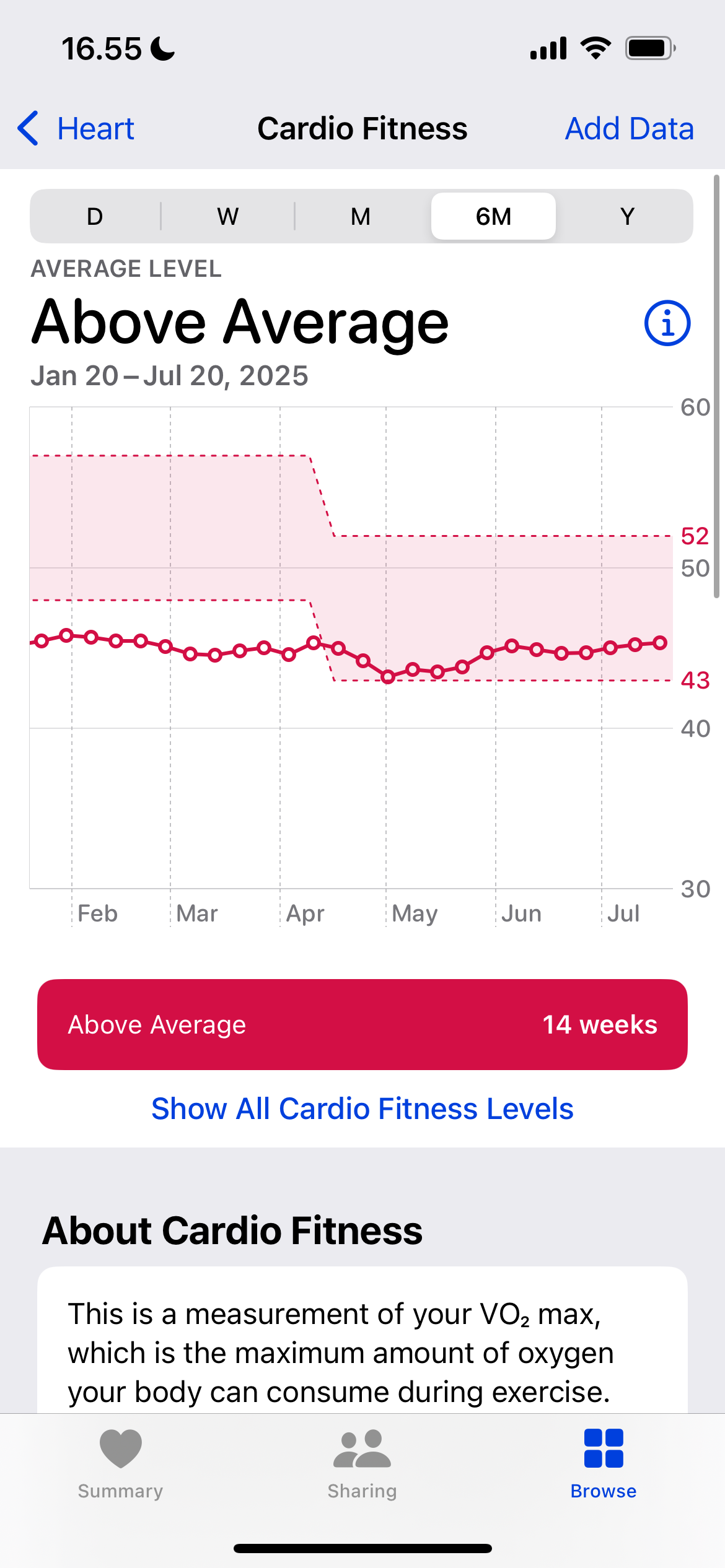
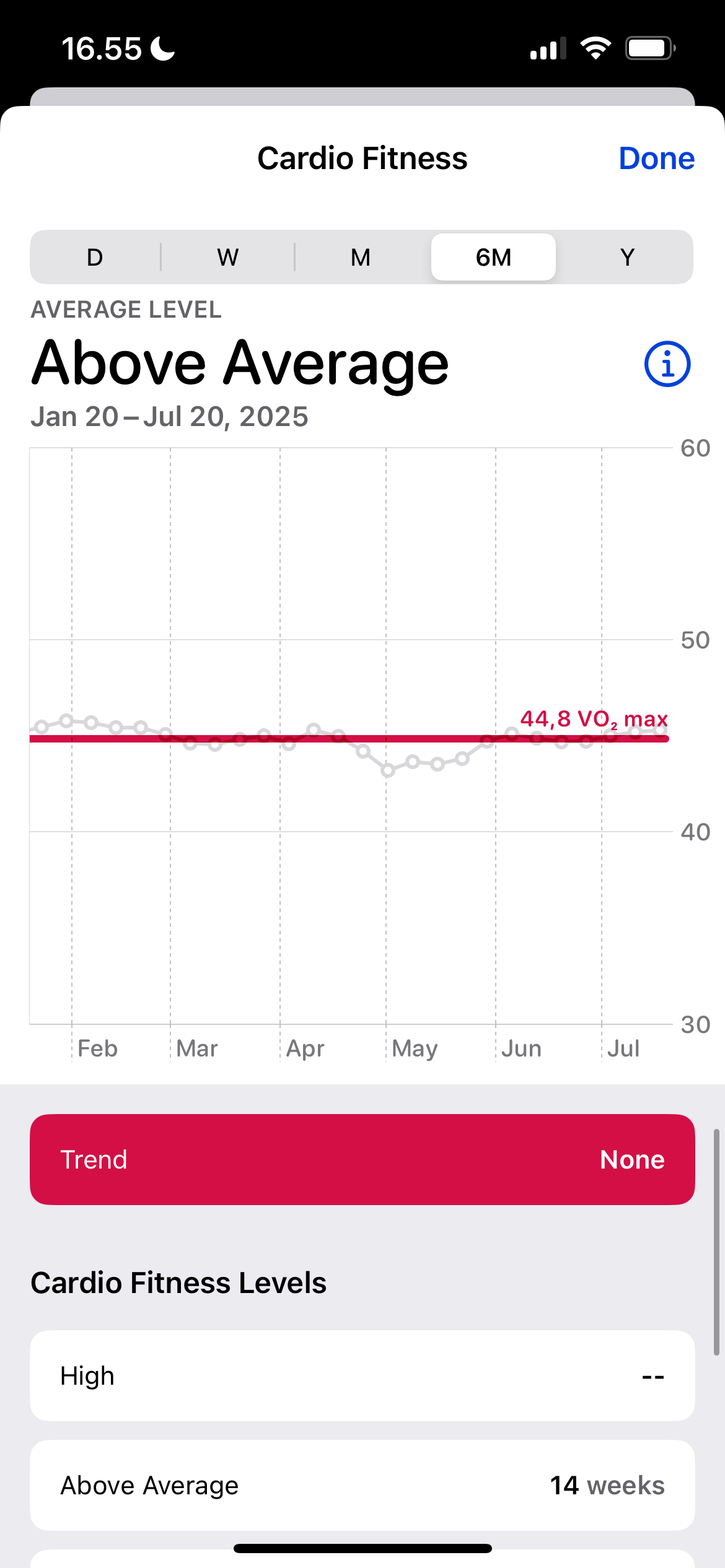
You can see your averages over various periods, too, illustrating whether you’re making the level of progress you’d like to see.
3
Mobility Statistics
I know I’m not “old”, but turning 30 definitely made me think about more areas of my health. One aspect I’ve tried to improve in particular is my mobility; while this still needs a lot of work, I’m happy with my progress since I started. With my Apple Watch, I can track various mobility statistics in the Health app under Browse > Mobility, such as:
- Average time to walk 500 meters
- Walking step length
- Running stride length
- Double support time
I try not to overthink the way I walk, but having these statistics handy is helpful. I also know that if I notice anything deteriorating, I can take action quickly to prevent it from becoming a major problem. I think this is one of the tech-savvy ways to make walking more enjoyable.
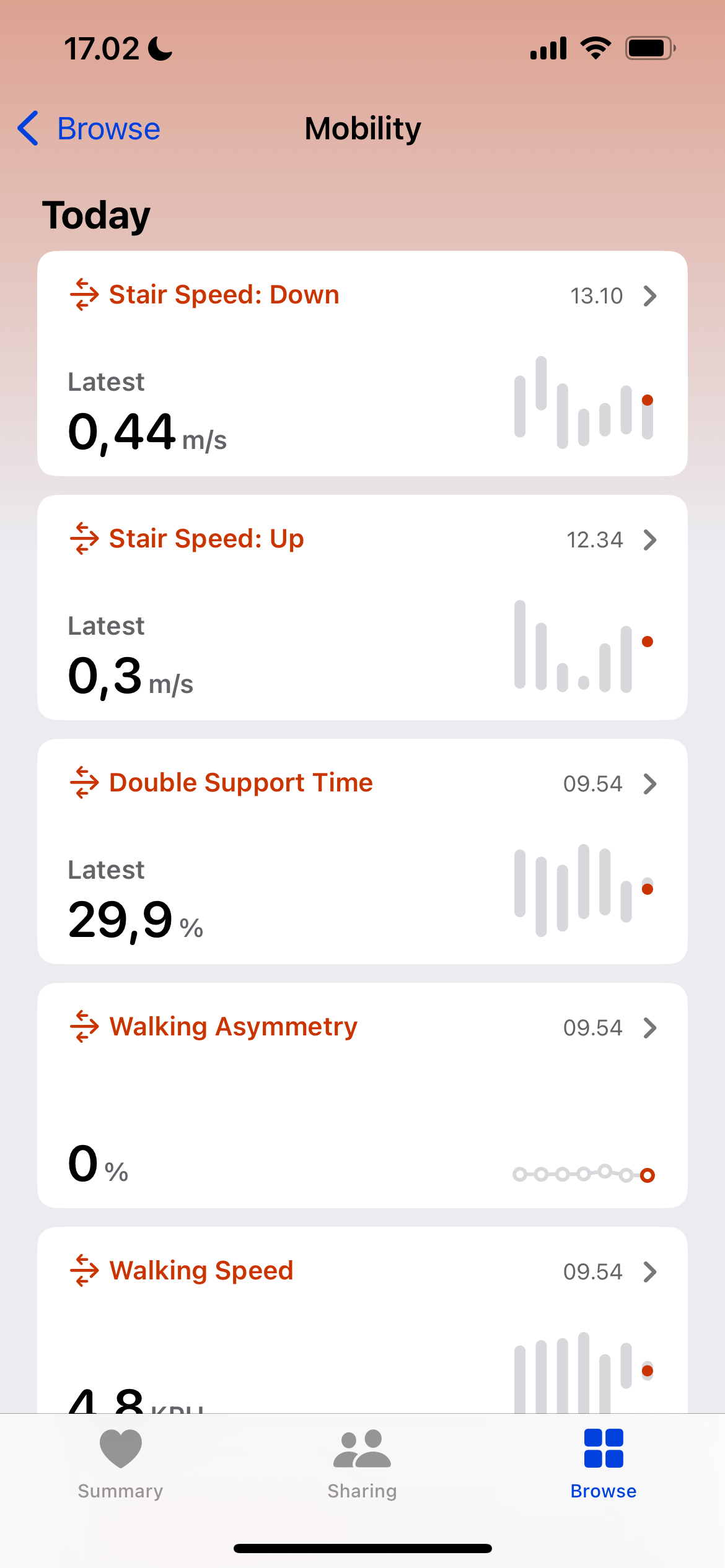
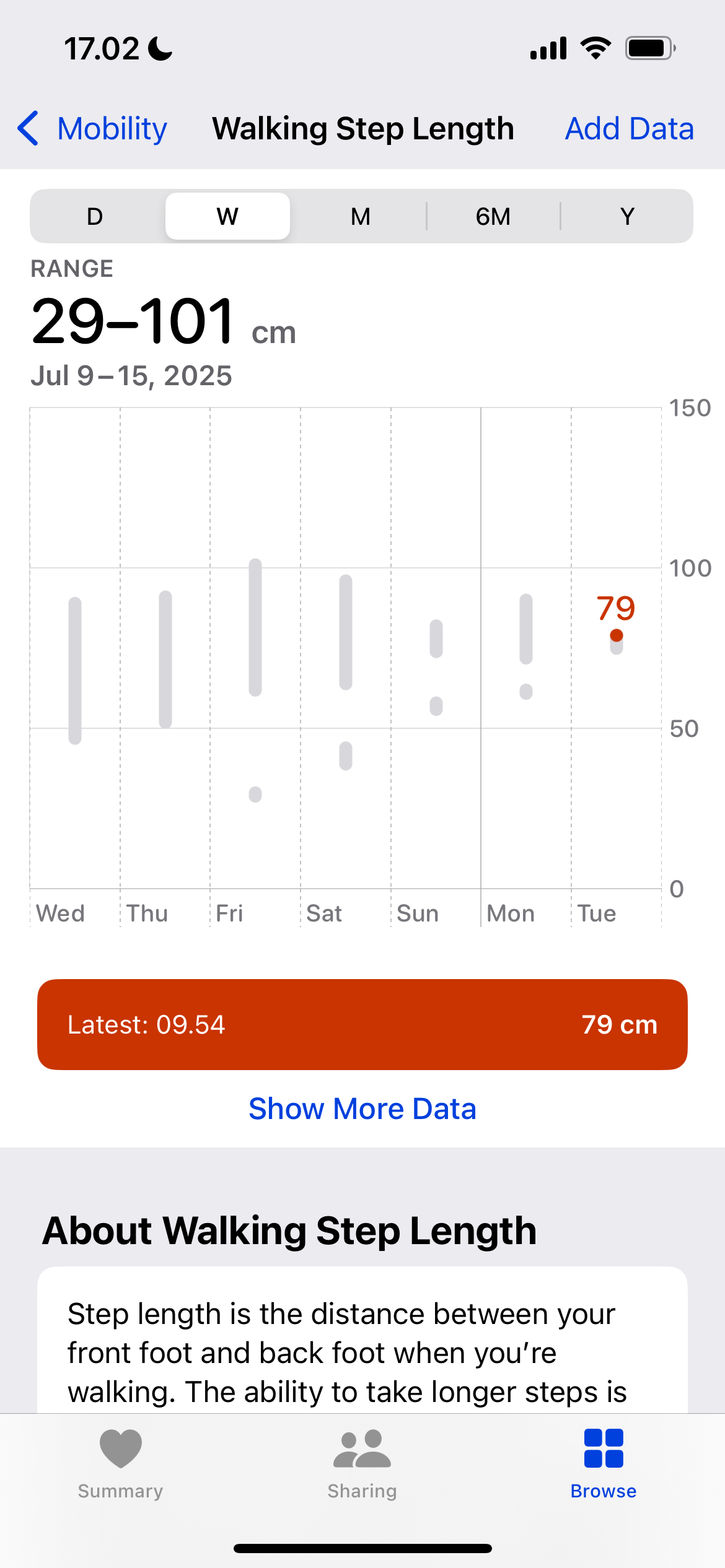
2
Respiratory Rate
In addition to tracking your VO2 max, you can also view your average respiratory rate with your Apple Watch. This shows you the number of breaths you take per minute, which can be especially useful when checking your breathing rate while resting. It’s a bit less reliable when working out, as you will naturally need to breathe more.
Check it out in the Health app under Browser > Respiratory. Like other health metrics, you can view historical data over the entire year. To see how you breathe in different situations, you can even look at how this changes on an hourly basis.
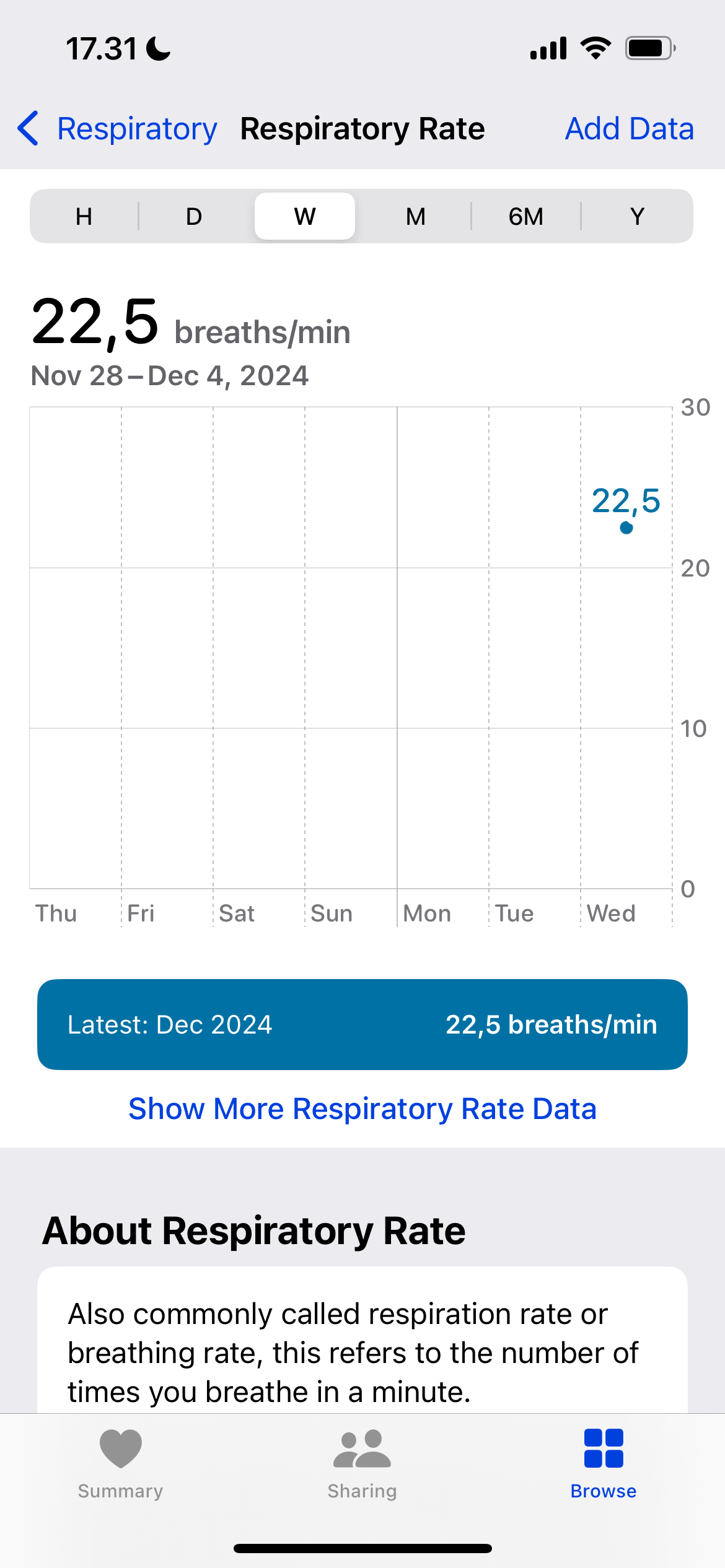
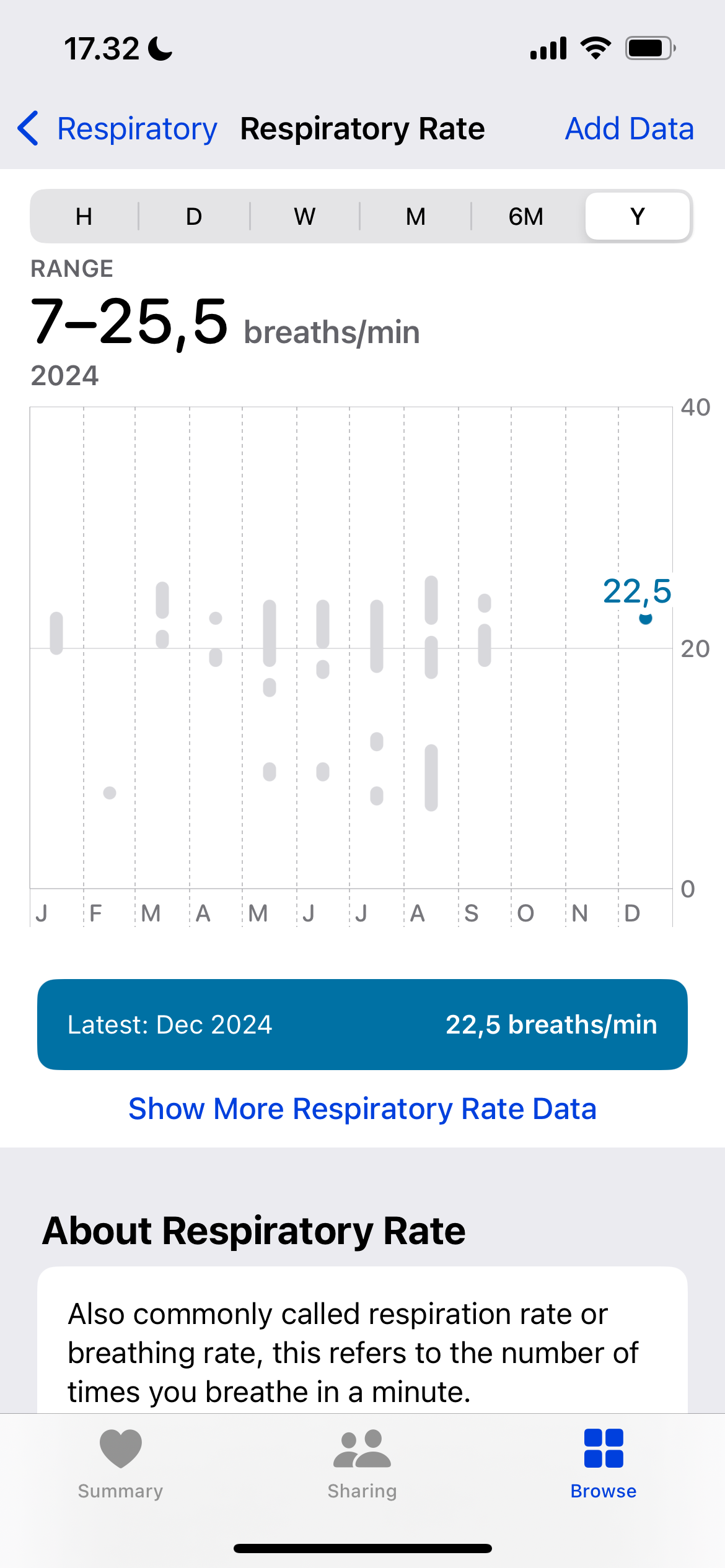
1
Time in Daylight
Since I started spending more time outside, my mental health has significantly improved. And while I admittedly live in a country where “sunlight” and “daylight” are not the same, seeing how much time I spend getting fresh air gives me an idea of which scenarios I operate best in.
I am certainly not perfect at spending time in daylight, and some days are more challenging than others. I give myself one day per week for a complete reset if needed, but generally, I find that I’m happier when I spend at least 90 minutes outdoors.
This feature is enabled by default, and I believe it’s fairly accurate based on my personal experience. You can track it under Browse > Mental Wellbeing in the Health app.
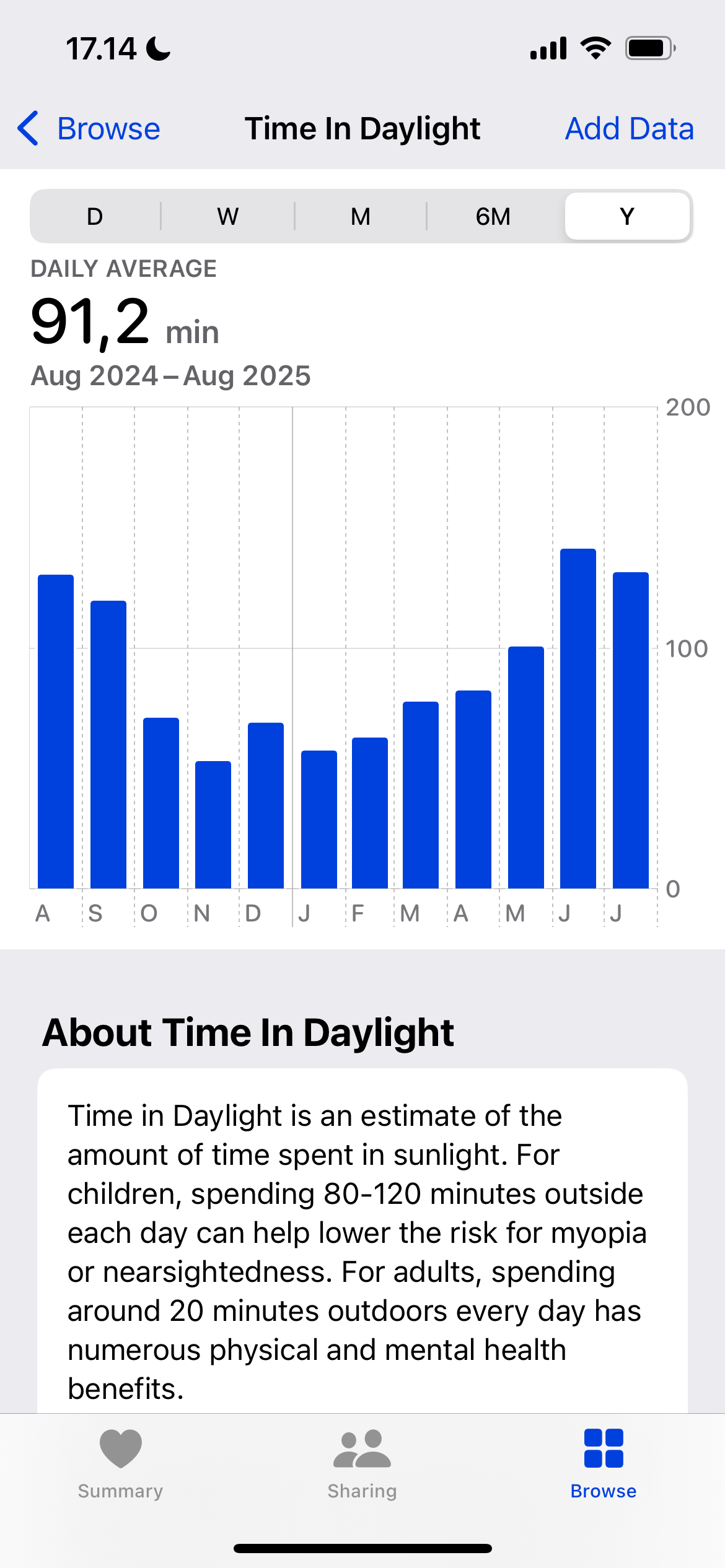
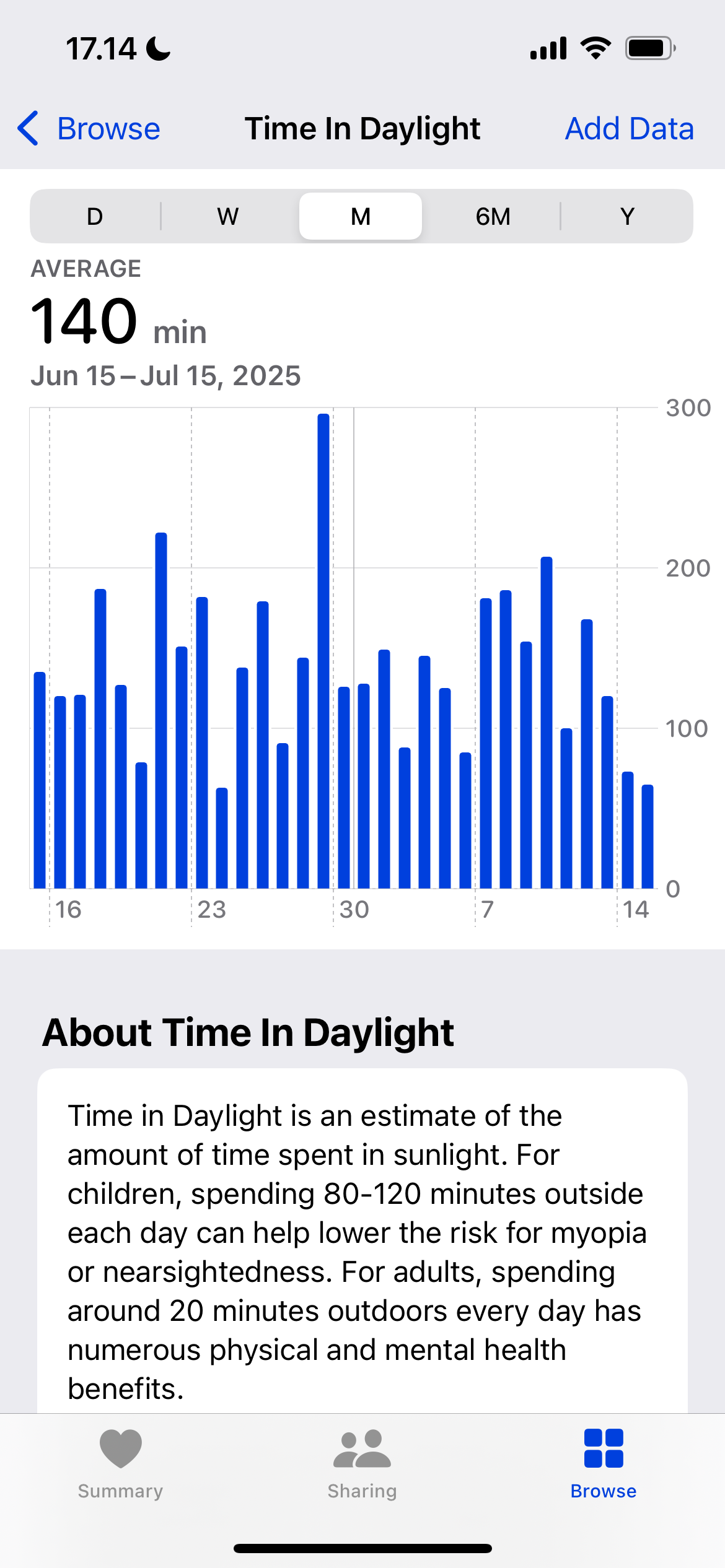
Your Apple Watch is great at tracking numerous metrics, so it lets you learn a lot more about your health than you might think. Besides the basics related to heart rate and steps, you can learn about lung capacity and much more within the Apple Health app. Just remember that your Apple Watch isn’t perfect; you should always consult a medical professional for anything you’re not sure about.



:max_bytes(150000):strip_icc()/steamclouderrorhero-f0932c2a4c3b42ed844a3ba929d254a1.jpg?w=1174&resize=1174,862&ssl=1)

:max_bytes(150000):strip_icc()/usbfeat-5c51f6e546e0fb00014c3a5d.jpg?w=1174&resize=1174,862&ssl=1)
Leave a Comment
Your email address will not be published. Required fields are marked *